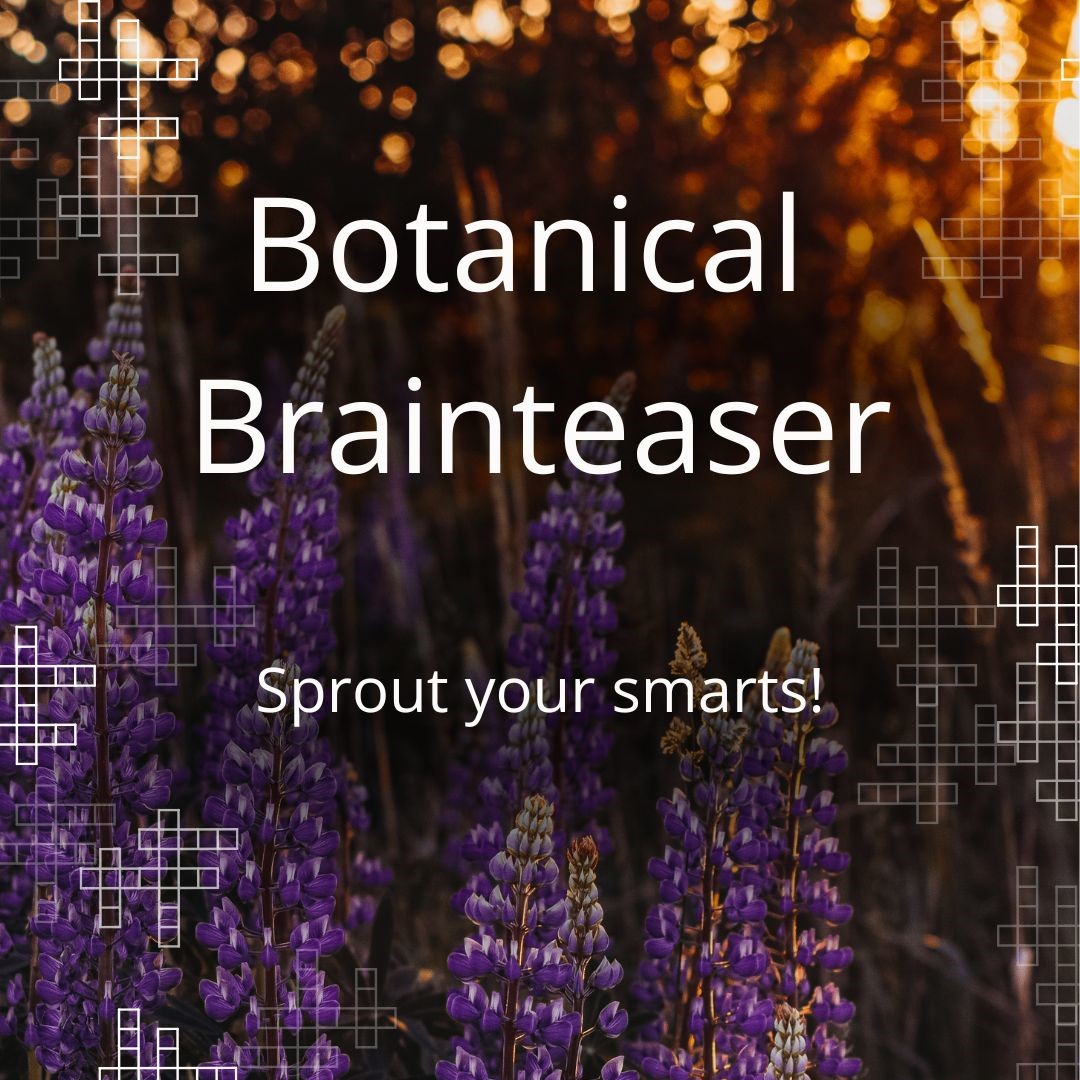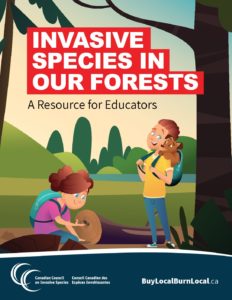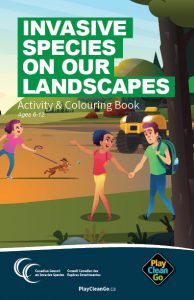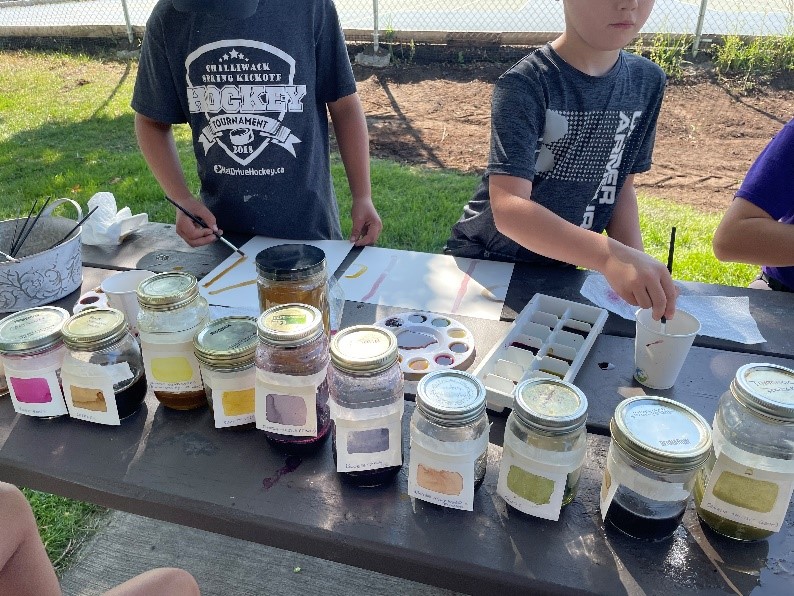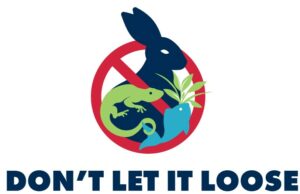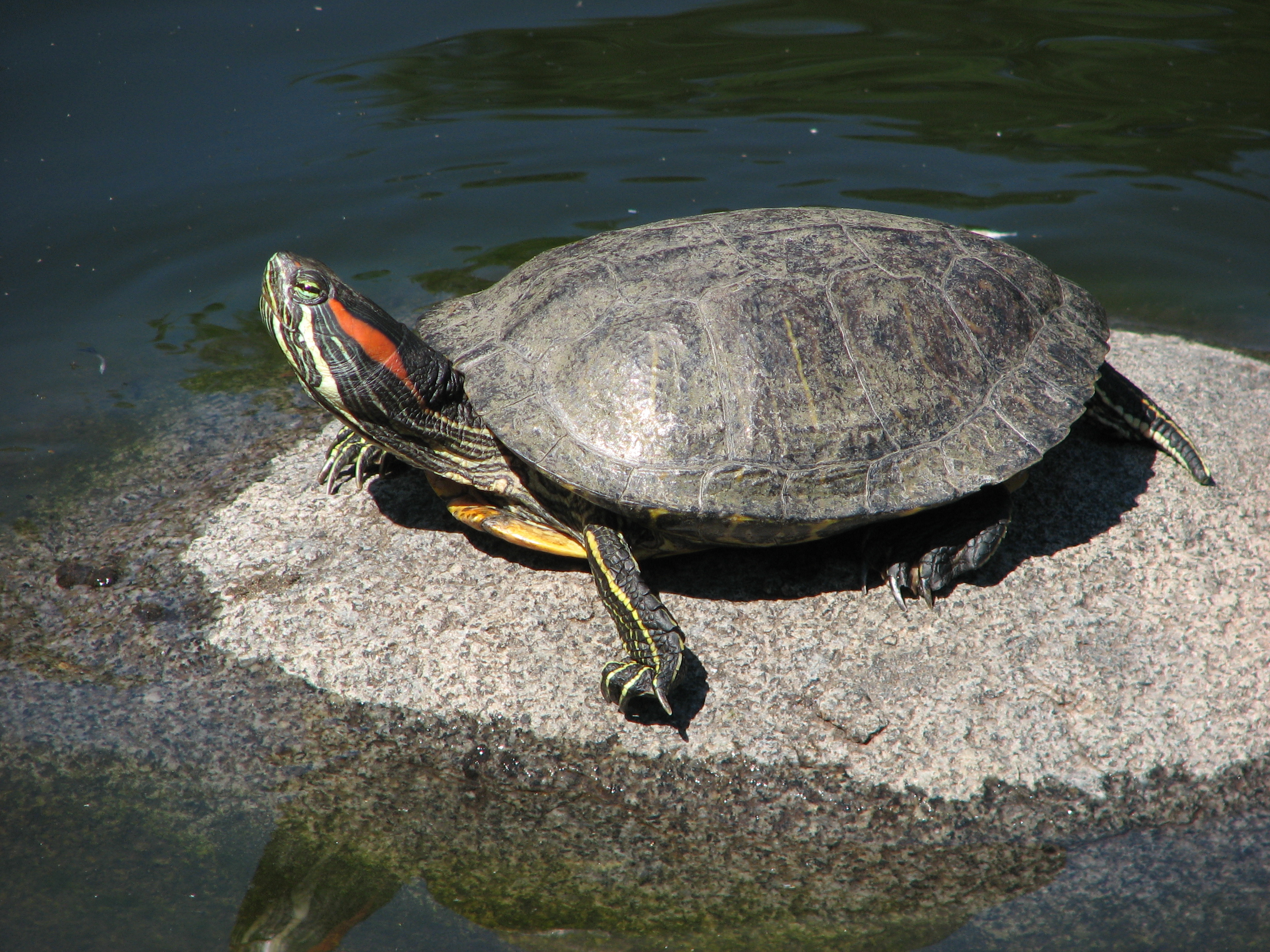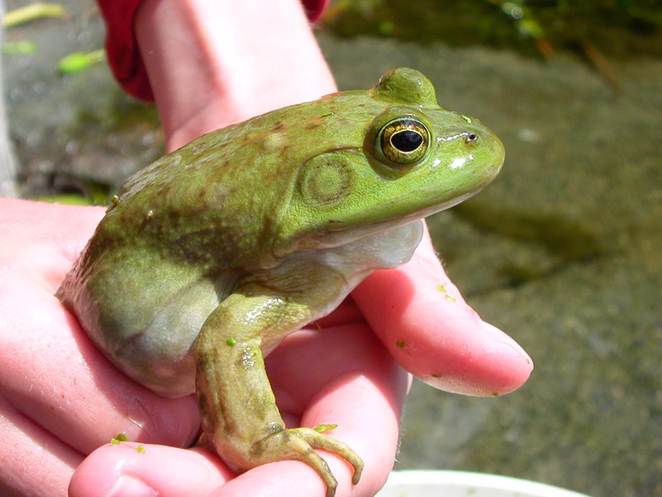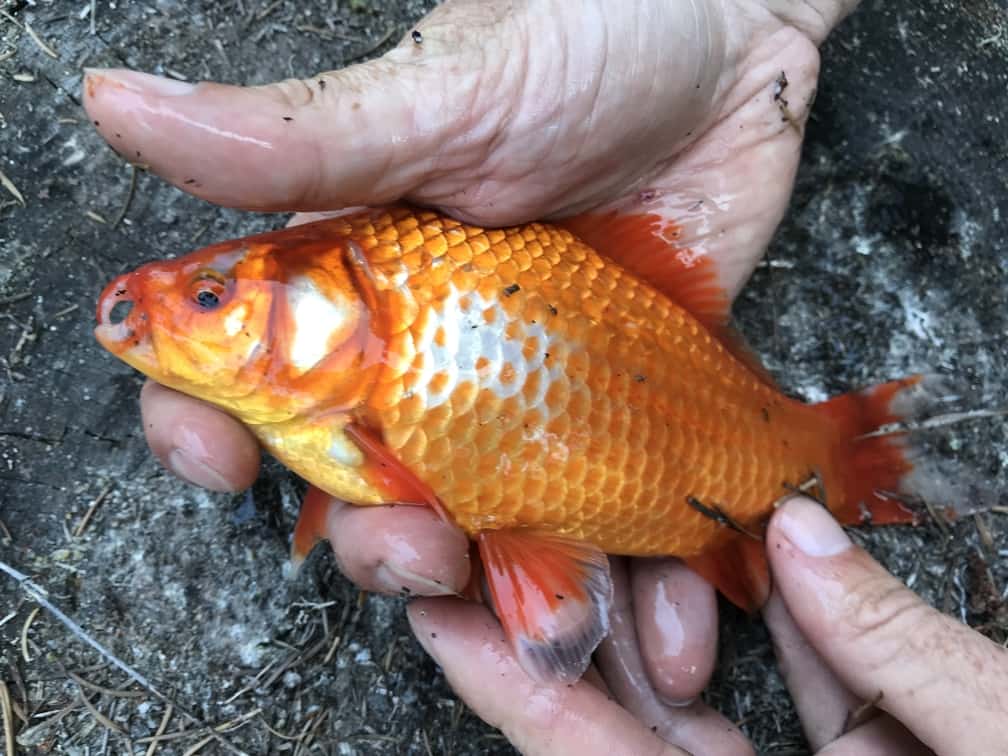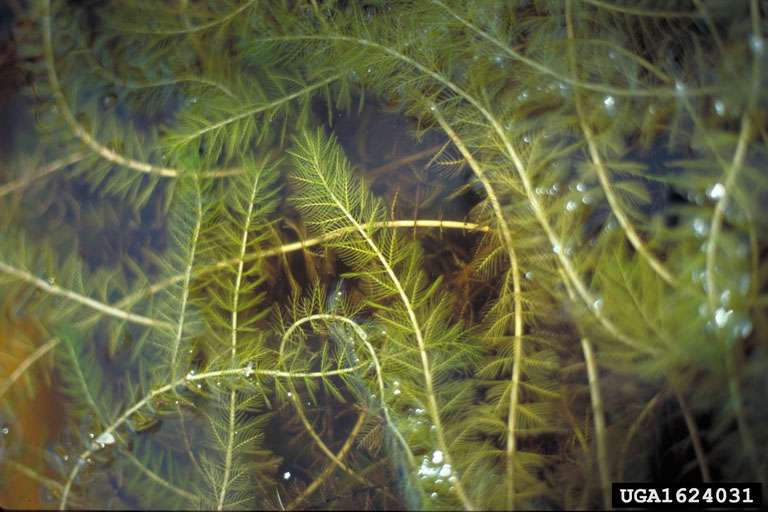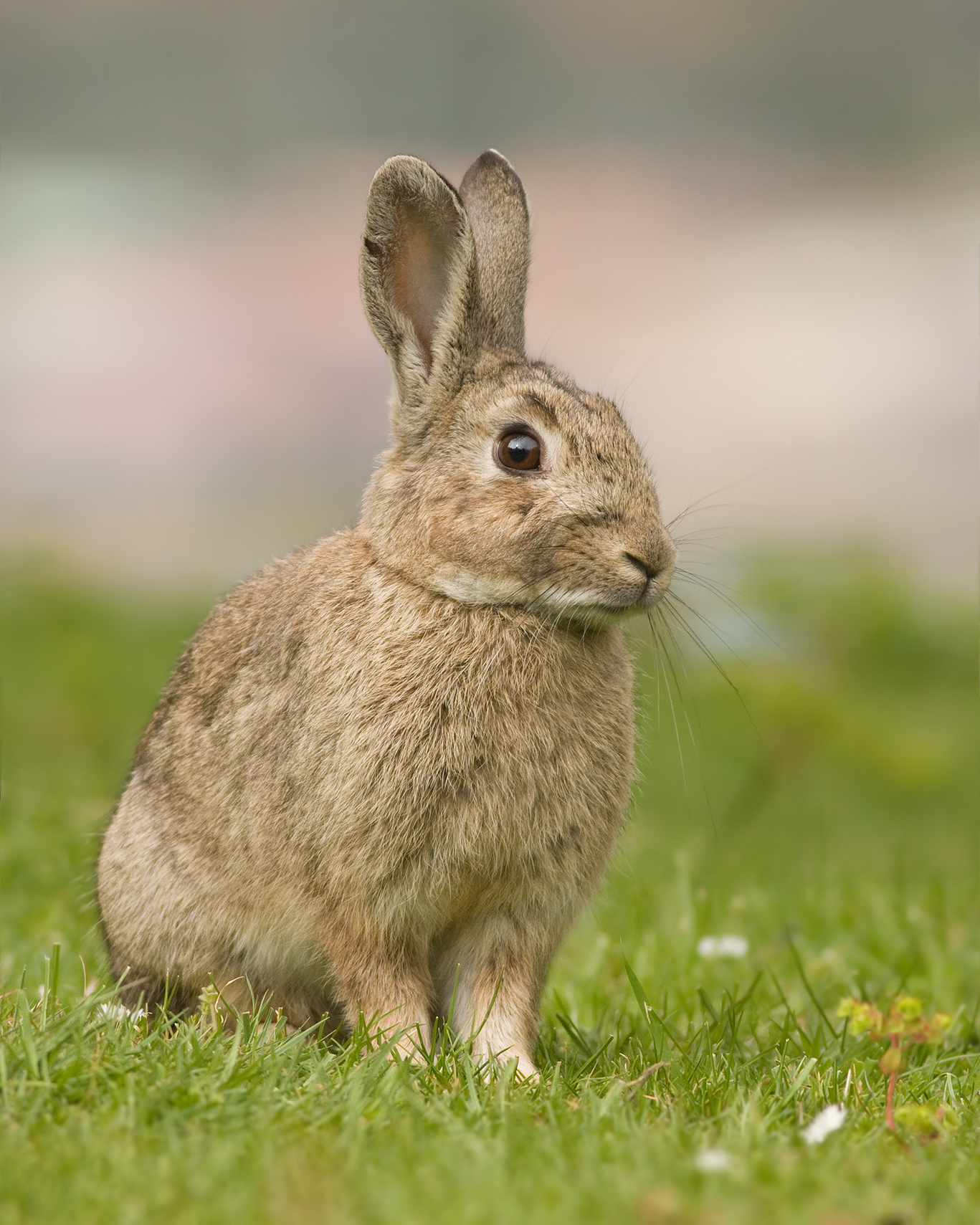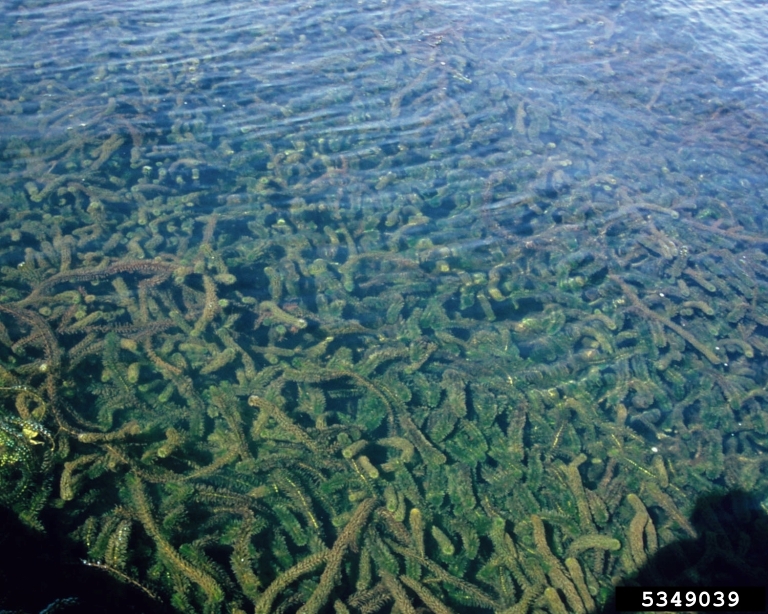

Educating youth about risks associated with invasive species plays an integral part in SSISC’s mission to reduce the threat of invasives in the Sea to Sky corridor.
Don’t hesitate to contact us for more information.
Collaborate with SSISC
Outdoor Activities
SSISC staff collaborate with school teachers to plan educational and stewardship outdoor activities, such as games, “weed walks”, weed pulls, and scavenger hunts. These activities generally take place in late spring; please contact us if you are interested in exploring possibilities for your group.
To give you an idea of what collaborating with us might look like, we’ve worked with several schools in the Sea to Sky (with students of all ages!) on weed pulls around Squamish and Whistler. Take a look at our blog posts below for more details:
We have also collaborated with youth travel groups in the Sea to Sky:
After-School Programs
SSISC has not worked with after-school programs since the 2020 pandemic. However, if you are interested in planning an after-school activity with us – we are all ears! Contact us to explore the possibilities!
In 2018, SSISC facilitated activities with the following after-school programs in the Sea to Sky:
- Saplings Program
- Pemberton Stewardship Society program
- Whistler Waldorf School (AWARE pilot project)
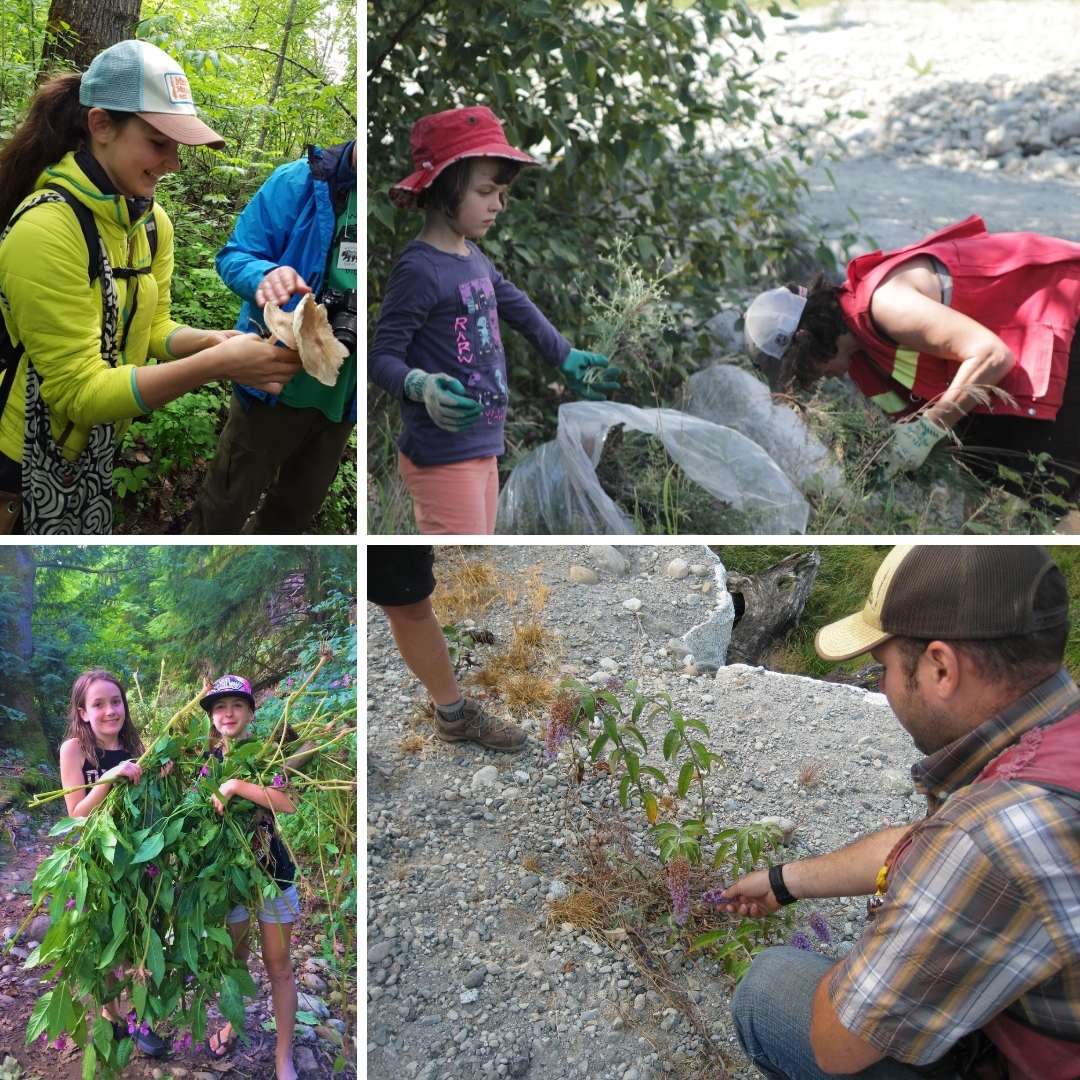

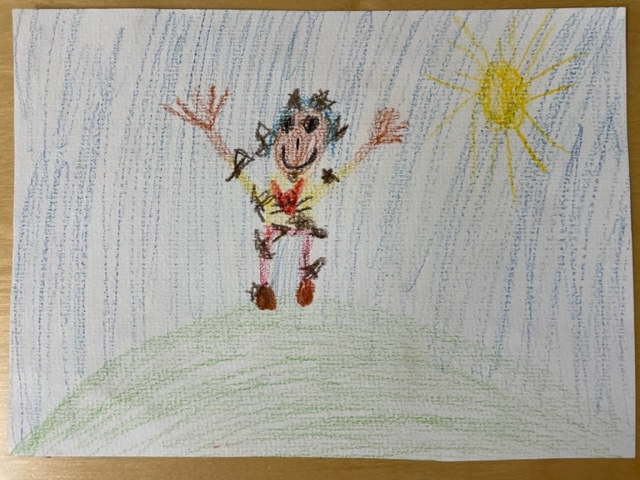

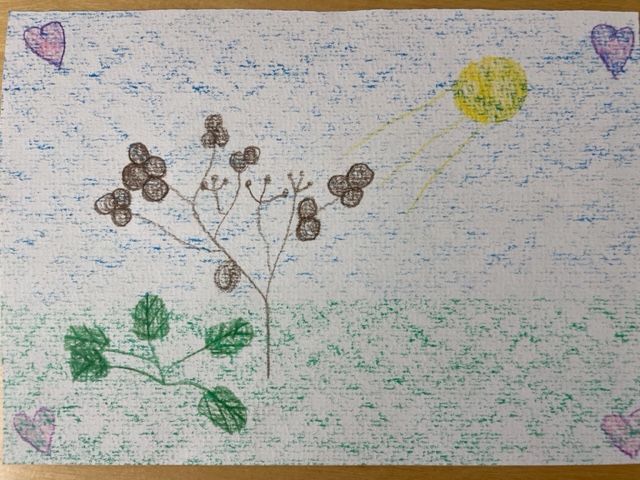
NEW: Presentations for High School Groups
We’ve prepared presentations for high school groups and we are excited to share them with local educators!
The presentation, complete with speaker notes, introduces the concept of invasive species, how they travel, why we should care, as well as actionable steps that students can take to reduce their spread. Students are then challenged to a game of Jeopardy to test their knowledge.
Because invasive species vary from one community to another, we developed different versions of the presentation, so all the corners of the Sea to Sky are covered.

Can we lend a hand?
If you are interested in having a SSISC staff member come into your classroom to lead a group activity, please let us know! We are happy to work with groups of all ages.
From Here or From Away?
Here’s a game to try with students! Do you know the names of these species? Are these species from here, or from away?
Try our free, digital game now. Click here to be taken to the quiz page, or try playing it below!
Botanical Brainteaser
Who said that learning about plants can’t be fun? We have brought together the two things that we love most, plant trivia and the crossword, to create a beautiful game called the Botanical Brainteaser. Try it out now!
Invasive-Wise Education
The Invasive Species Council of BC has launched a new Invasive-Wise Education program to provide BC curriculum-linked lesson plans for grades K to 12 that can be used in the classroom, at home, and outdoors in the schoolyard or local parks.
Resources for Educators
ISCBC Teacher Resources
The Invasive Species Council of BC has published a series of resources to help educators teach about invasives at every grade. The activities cover various subjects such as science, arts and social studies, and are adapted to a wide range of ages and grades. You can even search for activities that are done indoors or outdoors!
CCIS Activity Books
The Canadian Council on Invasive Species has launched three activity books to engage and educate youth on preventing the spread of invasive species in their communities.
Download them for free and print them at home using the links below:
- Invasive Species in our Forests (Resources for Educators)
- Invasive Species on our Landscapes (ages 6-12)
- Invasive Species in our Waters (ages 6-12)
Invasive Species Centre Resources
The Invasive Species Centre, based in Ontario, has compiled a database of free teaching resources from various invasive species groups. The webpage also includes a video on how to introduce invasives in a classroom presentation.
Project Learning Tree
Project Learning Tree is an initiative of the Sustainable Forestry Initiative, which provides instructional materials for grades Pre K-12, offers professional development to help educators integrate environmental education into their teachings, and provides a support network to all 50 American states and several countries.
Visit their site to access a breadth of field-tested, hands-on activities for grades K-8.
- Most activities are available for purchase, but you can download some free sample activities here.
- Project Learning Tree Canada also offers free worksheets to support learning about the environment.
![]()
Washington Invasive Species Council Resources
The Washington Invasive Species Council (WISC), in collaboration with the US Department of Agriculture, has developed Next Generation Science Standards-aligned, middle school lessons to teach students about invasive students through conducting research, using technology to gather and visualize data, using mapping software, creating and testing models, and taking action through a stewardship project.
The lessons plans are available on the WISC’s website, complete with handouts and resources for each lesson plan.
Green Teacher Resources
Green Teacher has also published a guide on teaching about invasive species, available on their website.
Community Science
Getting students involved in community science projects demonstrates how they can contribute to science in a meaningful way at any age.
While iNaturalist is a great resource for students to interact with the natural world, we recommend that educators read over the iNaturalist teachers’ guide before incorporating iNaturalist into the classroom. The teachers’ guide discusses several challenges that can occur when students use iNaturalist, such as data quality issues, privacy policies, and copyright violations.
An alternative to iNaturalist is Seek, which is more privacy-focused and provides live ID suggestions. iNaturalist recommends Seek as an easier option for younger naturalists.
- View the Seek user guide to learn how to use it or download the app here.
Other than iNaturalist, there are also local/regional community science projects that may be looking for help – consider contacting your local environmental organizations to see if there are opportunities for students to participate in. Below are a few community science projects located that are relevant to the Sea to Sky:

Games and Activities
Still looking for more?
- We’ve got you covered. Head to our Resources for Youth page.
- The Invasive Species Council of BC also offers several games and quiet activities.
Success Stories
École Les Aiglons Weed Pull and Rehab in Squamish
In 2021, in collaboration with SSISC, students at Ecole Les Aiglons learned about and removed invasive species along a trail near their school. Students planted 20 native trees and 66 native plants, and used more than 2200 native seeds to create seed bombs.
Success stories can be found far and wide, like in these two examples from Nova Scotia and BC:
Kings County Academy removes invasive species from Kentville Marsh, Nova Scotia
With help from the Nova Scotia Invasive Species Council, over 70 Grade 7 students filled 26 garbage bags with invasive goutweed.
Fulton Secondary School students harvest invasive plants to make tea, oils, and salves.
The project is one of almost 50 which was created for a Climate Action Ripple Effect summit.

Do your students like arts & crafts?
Did you know you can use invasive species in art? Get crafty with your students while educating them about invasive species.
If you’re curious about arts & craft ideas, check out or DIY page. We have exciting craft ideas for students of all ages!
Do you have a classroom pet?
Help combat the spread of invasive species by ensuring that your classroom pet isn’t invasive. British Columbia is now home to several introduced pet and plant species, including:
- Red Eared Slider Turtle
- American Bullfrog
- Goldfish
- Eurasian Watermilfoil
- Parrot Feather
- European Rabbit
- Brazilian Elodea
- Koi Carp
Moreover, never release a pet into the wild. Some pets could thrive in their new habitat, threatening native species and severely changing the native ecosystem. Don’t Let It Loose!

